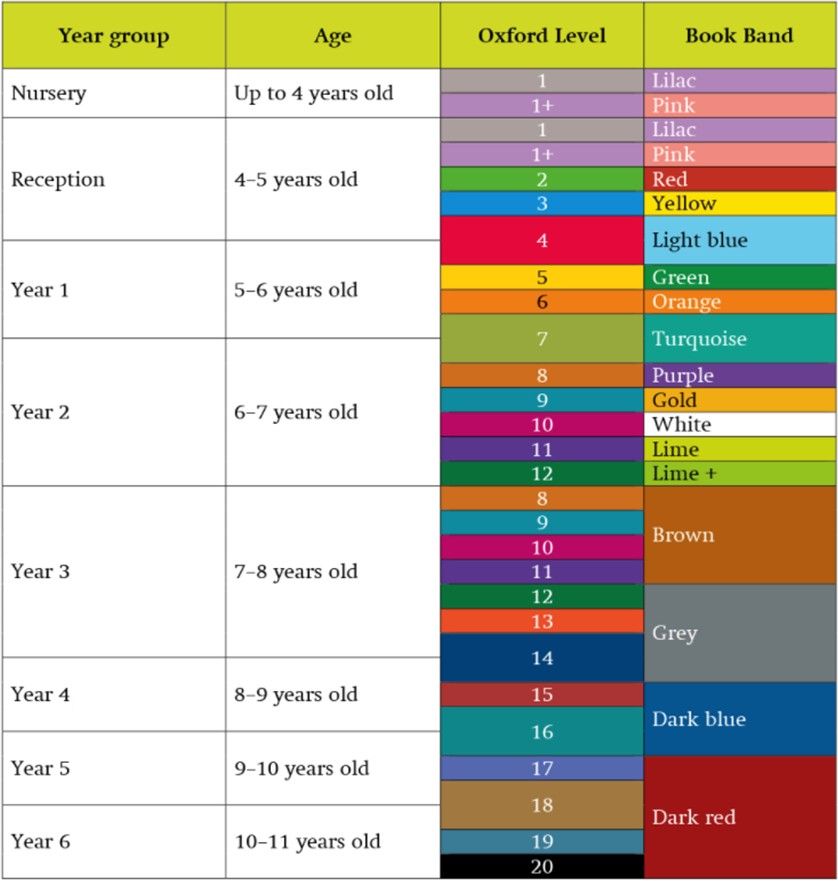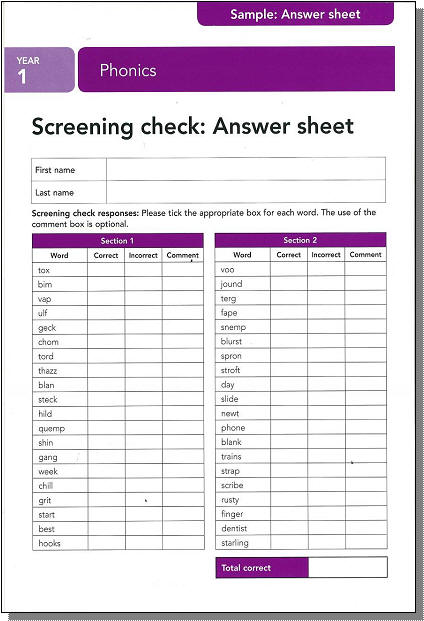Phonics
LEARNING TO READ WITH PHONICS & READING SCHEME INFORMATION

This page answers the following questions –
- Which Phonics approach does North Nibley use?
- How are phonics taught?
- How can you support reading at home?
- What is the Government’s Phonics Screening Check?
- Glossary
INTRODUCTION
At North Nibley C of E Primary school we teach reading through the use of a systematic, synthetic phonics programme called ‘Essential Letters and Sounds’ alongside Oxford Reading Tree books, which link to our reading scheme.
Children in Reception and Year 1 will receive 4 Phonics lessons a week. During these sessions, children are taught to pronounce new sounds and recognise the letter or letter blends used to represent that sound. They learn to apply this knowledge, to segment and blend words in order to read them accurately.
The pure pronunciation of sounds is imperative to your child’s reading and spelling. Ensuring an ‘u’ is not pronounced at the end of a phoneme is crucial e.g. ‘s’ is not read as ‘su’. Please watch the following videos to help with the pronunciation of each sound:
Phase 2 sounds –
Phase 2 sounds.mp4 from PKC on Vimeo.
Phase 3 sounds –
Phase 3 sounds from PKC on Vimeo.
PARENT PRESENTATION
ELS have provided the following presentation for parents:
TEACHING PHONICS
The teaching of Phonics is divided into six phases, with each phase building on the skills and knowledge of previous learning. Below is an outline of when each phase is taught:
- Phase 1 – Nursery/Pre-school
- Phase 2 – Reception (Autumn 1)
- Phase 3 – Reception (Autumn 2 – Spring 2)
- Phase 4 – Reception (Summer 1)
- Phase 5 Intro – Reception (Summer 2)
- Phase 5 – Year 1 (Autumn 1 & Autumn 2)
- Beyond Phase 5 – Year 1 (Spring & Summer)
There are no big leaps in learning. Children have time to practise and rapidly expand their ability to read and spell words. They are also taught ‘harder to read and spell words’, which are words with spellings that are unusual or that children have not yet been taught e.g. could.
READING AT HOME
All children will begin with ‘decodable reader’ books that match their exact phonic knowledge. All children should be able to access the reading books sent home. This provides them with the opportunity to apply the previously taught sounds from our Phonics lessons in school. Our book levels have been carefully matched to every aspect of the Essential Letters and Sound programme. Parents also have access to the Oxford Owl eBooks, which are matched to our school reading books and these can be accessed from anywhere! The matching chart can be found below.

Children are strongly encouraged to re-read the same school book up to 4 times before changing it. Re-reading ensures that children develop their reading skills and fluency. It helps to improve their orthographic mapping (ability to store words in their long-term memory) and helps to develop their understanding of the text. This, in turn, supports their learning in school; as children become more fluent at reading, they are able to focus on their new learning.
Each time your child is taught a new sound, it will be added to their sound book/folder. These should then be used regularly at home as flashcards to help recap the sounds your child has been taught so far.
PHONICS SCREENING CHECK
The government have introduced a Phonics Screening Check to ascertain children’s attainment in reading phonetically. Initially this happened in June at the end of Year 1, though more recently this has happened in the Autumn of Year 2. The phonics screening check is taken individually by all children in maintained (state) schools in England (unless exempt). It is designed to give teachers and parents information on how your child is progressing in phonics. It will help to identify whether your child needs additional support at this stage so that they do not fall behind in this vital early reading skill.
The check consist of reading 40 words out loud to a teacher. 20 of these words are real words and the other 20 are pseudo words (nonsense words). Each child will segment and blend these words using their phonological knowledge. Each pupil’s results will be included in the end of year report.
The check is not about passing or failing but checking appropriate progress is being made. If children do not reach the required standard, then the class teacher will be in touch to discuss plans and offer additional, tailored support to ensure that your child can catch up. Children progress at different speeds so not reaching the threshold score does not necessarily mean there is a serious problem. Your child will re-sit the check in the following summer term as a Year 2.
For the last few years, the threshold mark (or pass standard) set by the government has been 32 correct answers out of 40. A sample of what the check looks like is shown here:

GLOSSARY
Segment: To split a word up into its individual phonemes in order to spell it: for example, the word ‘snap’ has four phonemes /s/ /n/ /a/ /p/. Children are asked to count the individual sounds in the word to help them spell it.
Blend: To draw individual sounds together to pronounce a word: for example, s-n-a-p, blended together, readers ‘snap’.
Phoneme: The smallest single identifiable sound: for example, in the word snap there are 4 phonemes /s/ /n/ /a/ /p/.
Grapheme: A letter or group of letters representing one phoneme: for example,
Digraph: Two letters making one sound: for example, Split digraph: Two vowels that make one sound but are split by one or more consonants: for example Trigraph: Three letters making one sound, for example Decoding: Extracting meaning from symbols/letters. In the case of reading the symbols are letters, which are decoded into words. End.,



